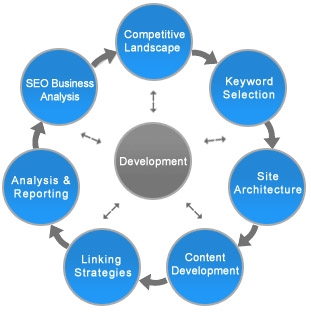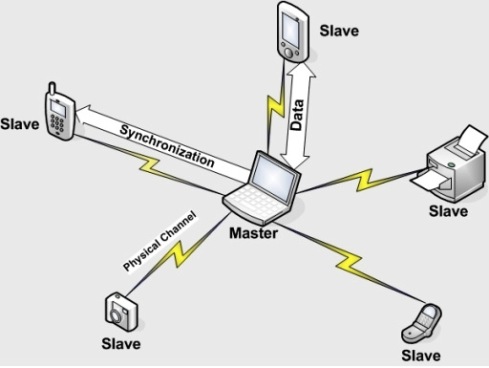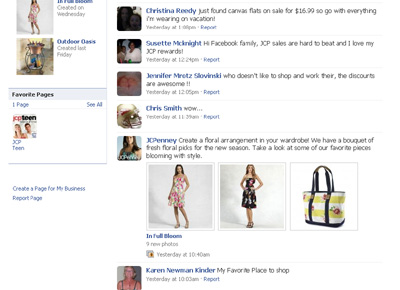
Philip Markoff at his arraignment.
The brilliant playwright William Shakespeare wrote the phrase “something wicked this way comes,” over 400 years ago. While this phrase was written under different context for the play MacBeth, I believe it is applicable to something I see beginning to crest on the horizon. Let me preface my thoughts with a definition of the word
“ethics” before I continue.
ethics
Noun, pl
1. a code of behaviour, esp. of a particular group, profession, or individual: business ethics
2. the moral fitness of a decision, course of action, etc.
Noun
the study of the moral value of human conduct
By being able to define to the word “ethics” there should be no trouble in figuring out what is unethical. I say all of this because lately the news media has been souring my stomach with stories of killers stalking their prey on websites and advertisers still willingly advertising on the site and for free! In case no one has heard about the “Craig’s List Killer” let me give you a brief overview. Phillip Markoff is suspected of killing one female and robbing and battering several others in the masseuse/exotic dancer/prostitution profession so he could pay off gambling debts. It is a pretty scary story and while I know strange things happen, I feel that somehow Craig’s List should at least be remorseful. They were not the culprits of these hideous and ridiculous crimes but they did help facilitate the crime even though the site creators had no idea this was going to happen. I call this crime ridiculous because Markoff’s reason for killing the woman and battering and robbing the others was not because of some psychotic disorder (but will probably later turn into one from his criminal defense team) but instead, as he admits, to pay off a gambling debt. He made the debt and feels as though he can take money from women with less than reputable employment to cover his own behind! This is quite infuriating and I do not condone prostitution but I am not on this earth to judge.
Moreover, the Craig’s List website still has an adult section on its website and I find it hard not to find a connection between Markoff’s crime and this portion of the website. The section of the site was originally called “Erotic Services” but since the whole Markoff debacle, that portion of the site has been renamed “Adult”, which still has its immoral implications. There are state attorneys in South Carolina trying to charge the Craig’s List site with “aiding and abetting prostitution”, according to Media Post News (Friday, May 15). Craig’s List struck a deal with several state attorney general offices across the country by making advertisers pay $10 for an adult posting and will actively screen listings for any mention of illegal sexual activities. Will these actions be enough? I have an eerie feeling that we, with are media consuming appetites, are only fostering the ideal of a new generation of online convicts. These are not postings on Craig’s List for a roommate or for employment, these are postings for adult services. Of course, someone should have to pay at the very least to post for these scandalous listings and it should be way more than $10 per posting. At least when someone pays for the advertising, you know who is accountable and Craig List services are largely free. I have to pay to run a television campaign and if I goof up and state something that might do harm to the public in my television commercial, I am held liable.









